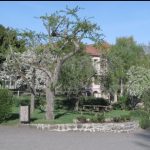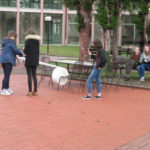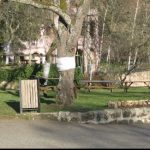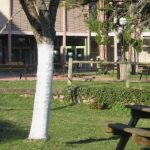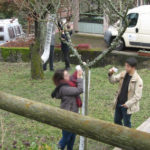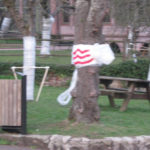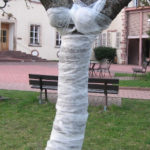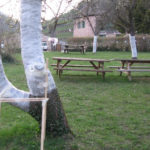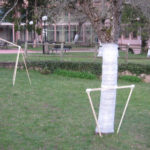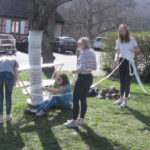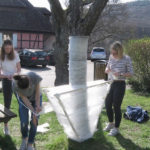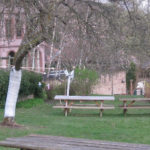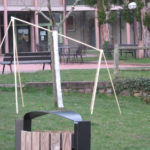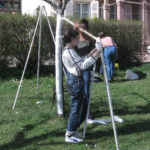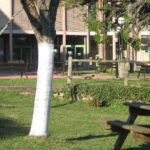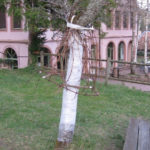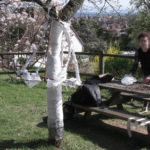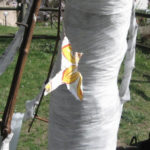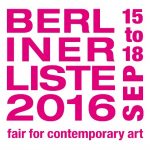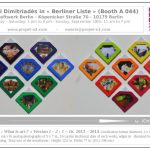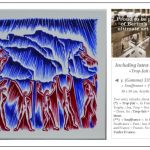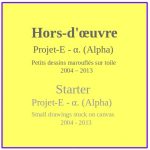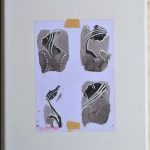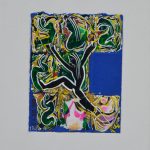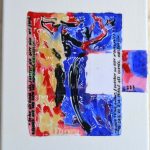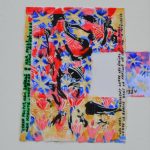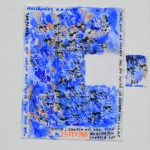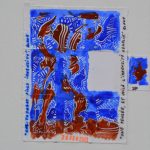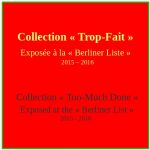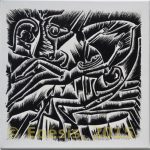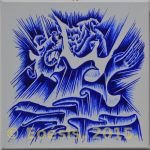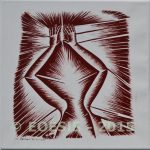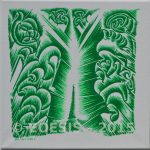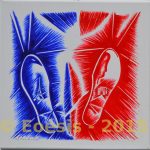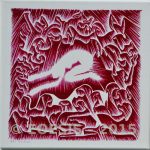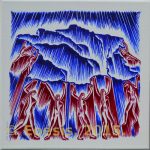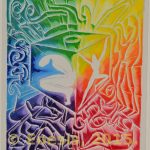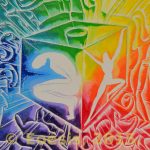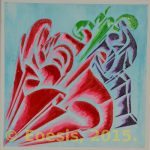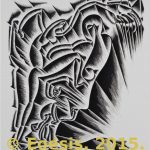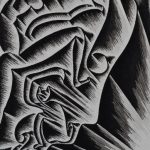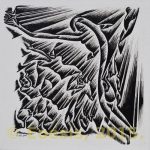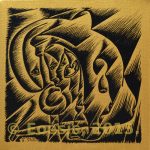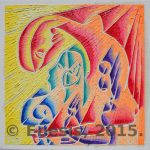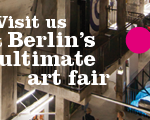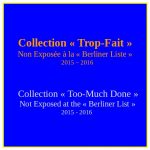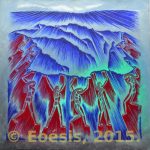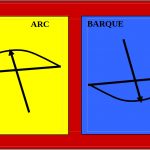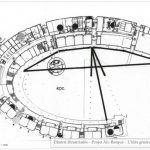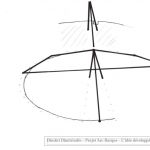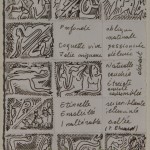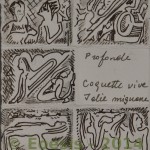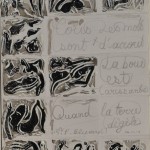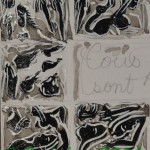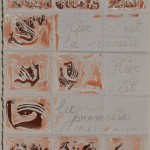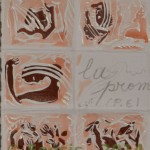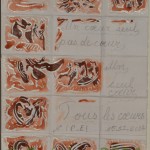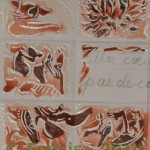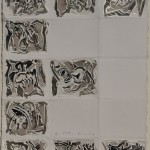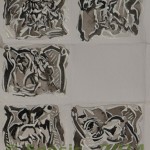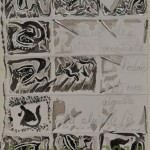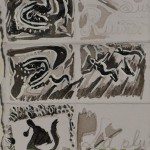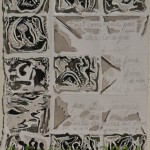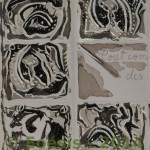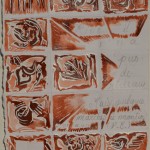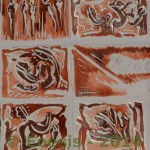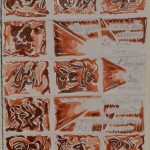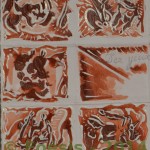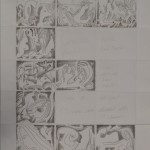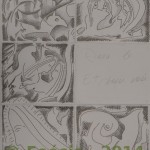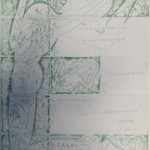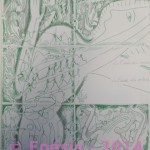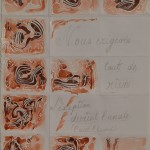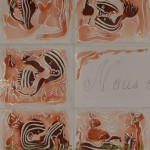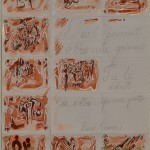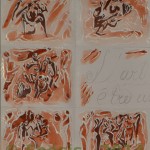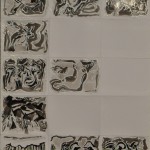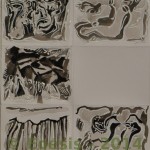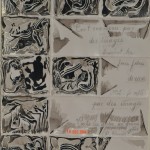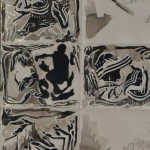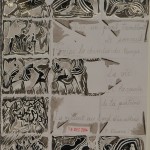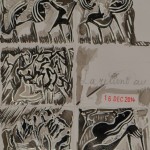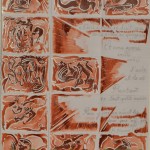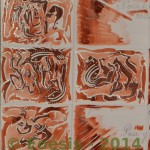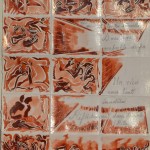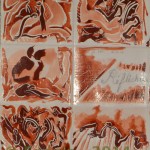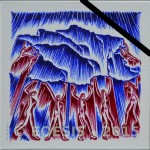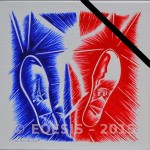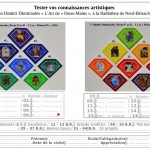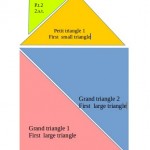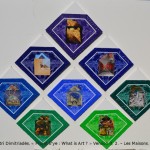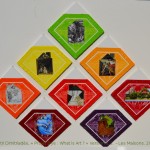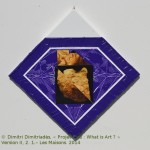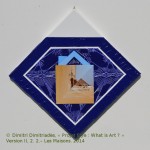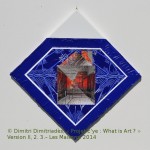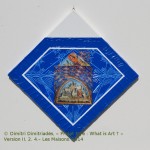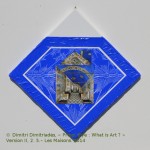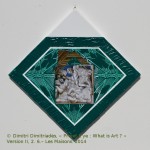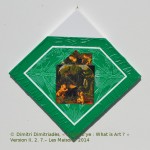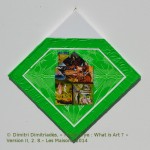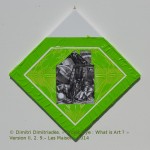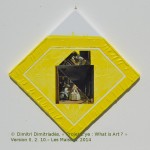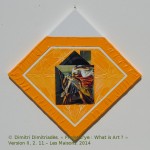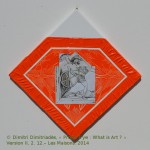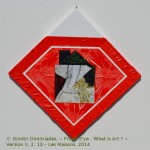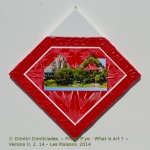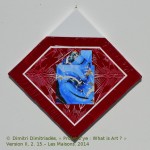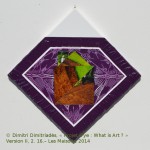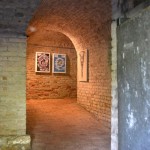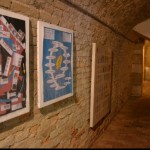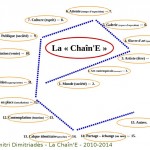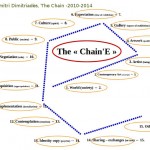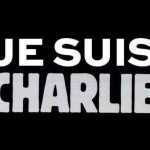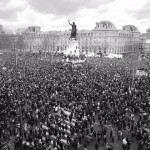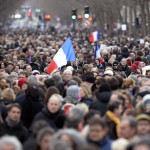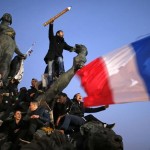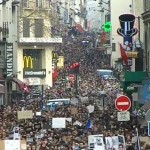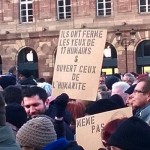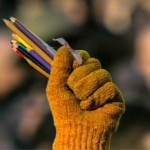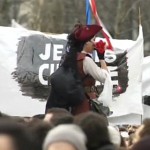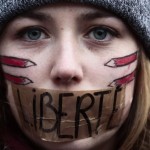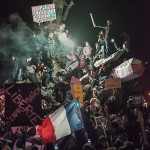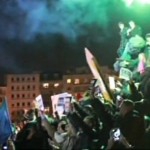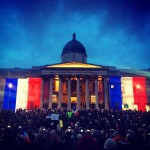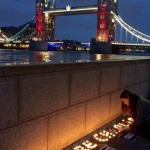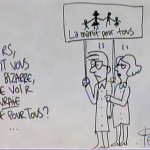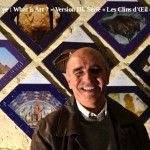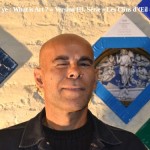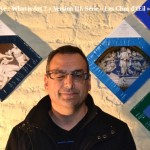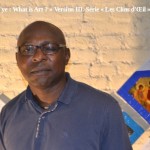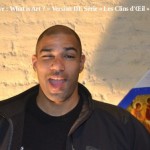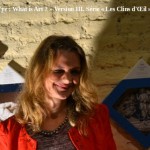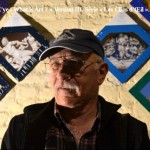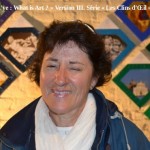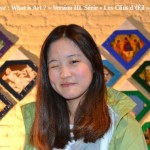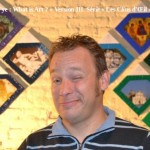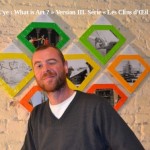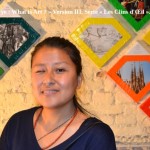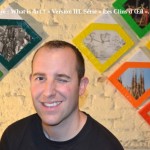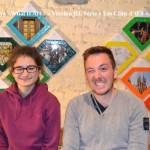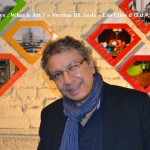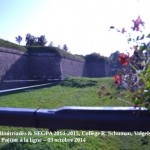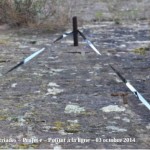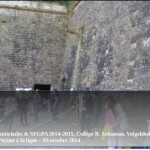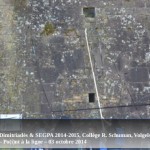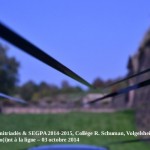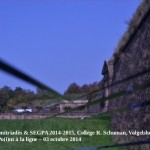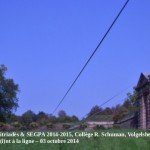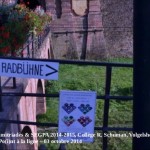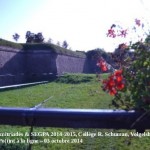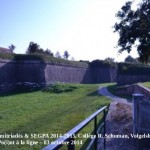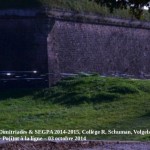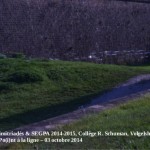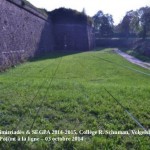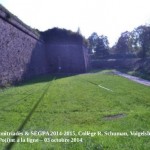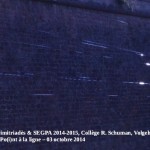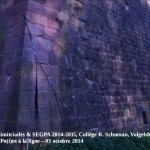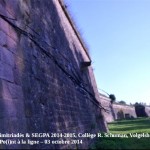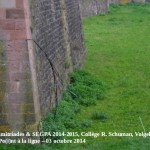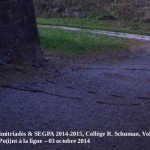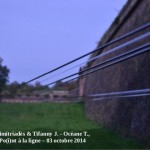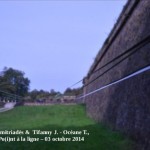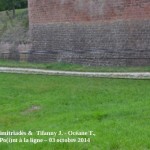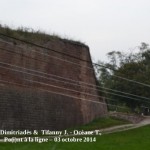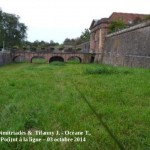Trees Mummification
or
Questions of change –
March 02nd – April 06th, 2017
Sixth year of high school APL. – 2016/2017 – Ribeaupierre, Ribeauvillé high school, France – Prof. Dimitri Dimitriadès
* * *
- The “Mummitreefication” project 01.
- The “Mummitreefication” project 02
- The “Mummitreefication” project 03
- The “Mummitreefication” project 04
- The “Mummitreefication” project 05
- The “Mummitreefication” project 06
- The “Mummitreefication” project 07
- The “Mummitreefication” project 08
- The “Mummitreefication” project 09
- The “Mummitreefication” project 10
- The “Mummitreefication” project 11
- The “Mummitreefication” project 12
- The “Mummitreefication” project 13
- The “Mummitreefication” project 14
- The “Mummitreefication” project 15
- The “Mummitreefication” project 16
- The “Mummitreefication” project 17
- The “Mummitreefication” project 18
* * *
Pupils came to see me by asking me to give some explanations of the project, because people outside our discipline are a little bit unbelieving, they do not understand the “meaning” of the project.
I am thus going to try to raise and to summarize some arguments and criteria to establish the legitimacy of this project, “after all glorious”.
* * *
1. I begin with ” the incredulity ”
2. “In provocation there is vocation”
3. “To pull on the thread of the new ”
4. Change of point of view
5. Change of technique
6. Change of support
7. Change of device (plan)
8. Change of tools
9. Change of the intimacy of the space
10. Change of esthetics 1
11. Change of esthetics 2
12. Change of vision of a project
13. Change of meeting place
14. Double project
3. “To pull on the thread of the new ”
4. Change of point of view
5. Change of technique
6. Change of support
7. Change of device (plan)
8. Change of tools
9. Change of the intimacy of the space
10. Change of esthetics 1
11. Change of esthetics 2
12. Change of vision of a project
13. Change of meeting place
14. Double project
5. Change of technique
6. Change of support
7. Change of device (plan)
8. Change of tools
9. Change of the intimacy of the space
10. Change of esthetics 1
11. Change of esthetics 2
12. Change of vision of a project
13. Change of meeting place
14. Double project
7. Change of device (plan)
8. Change of tools
9. Change of the intimacy of the space
10. Change of esthetics 1
11. Change of esthetics 2
12. Change of vision of a project
13. Change of meeting place
14. Double project
9. Change of the intimacy of the space
10. Change of esthetics 1
11. Change of esthetics 2
12. Change of vision of a project
13. Change of meeting place
14. Double project
11. Change of esthetics 2
12. Change of vision of a project
13. Change of meeting place
14. Double project
13. Change of meeting place
14. Double project
* * *
1.
I begin with “the incredulity” of the people visiting (crossing) the process of creation (because we are in a process, and are gradually witnessing the emergence of a work.) The question that arises is the following one : What is the use of art ? Is it simply to decorate an empty wall ? Do some work, write them down and put them away (Which means we do not even have time to see these works) ? Or to introduce and to propose a substantive debate on a given question ? Or still “something else” (The “thing” of each and everyone)?
2.
Therefore, (I recognize it) we are in a register concerning the “provocation”. It is necessary to note that in the word “provocation” there is a word “vocation”. Thus a second question arises : What is the vocation of art ?
3.
As I have already explained it in class : as soon as you start drawing on the “thread of the new”, all that follows is necessarily new. One of the greatest qualities of this project is that of inviting you to engage, to make a commitment, (to think (reflect), to take into account), about new grounds, new materials, new supports (media);
4.
Change of Point of View : it is necessary to recognize that usually, we never work from these criteria, we are ” suitably ” locked into our room, and we dedicate ourselves to our discipline silently. With this project, we go outside, we get a breath of fresh air, so there is a change of point of view. In this regard, the artist Bill Viola said that an artist must change his point of view, not only intellectually but also physically (he will spend a whole day in a big tree to observe the squirrels.)
5.
Change of technique : Usually we use the same standard support (medium), the same conventional format (A4 (21 × 29,7 cm. 8.27 x 11.7 inch), half-grapes (32.50 x 50cm. 12.8 x 19.69 inch.), Etc.). Which means that “the form, the shape” is always the same, there is only the content that changes. But with this project, the background and the form changes. We implement new techniques never developed;
6.
Change of base (pedestal, socle): In principle the columns of a temple are intended to carry the roof of the temple. Thus, during our first stage, without having the need to build a base, we already have the tree trunk, which becomes a base firmly anchored in the ground, which is going to become a column. And this columns carry the roof of the sky. We are therefore in a monumental infinity ;
7.
Change of device : We are no longer (as we have been for some time, that is more than 6 years …) around a table, sitting on a chair, but in front of an individual tree, standing ;
8.
Change of tools : The traditional tools remain in the classroom (pencil, eraser, brush, etc.) To (finally) develop a new project thanks to a new tool : a white reel, 15 cm. (5.91 inch.) width of tissue, a wide white cloth spool: A wide line, white and transparent line (which means that in the future, for visual artists, especially students who are looking for art schools, that it is necessary ” to put aside ” a material(subject) which may become a special tool, thanks to the intuition and to the imagination of each ;
9.
Change of the intimacy of the space: A drawing, a painting is intended to be seen at about thirty cm. We dominate the room. But with trees, it is them who dominate us. The visualization of the work is much more important of the order of a some meters. This difference is fundamental;
10.
Change of esthetics 1 : We move from the register of “representation” (drawing, painting) to the register of “presentation”. More precisely, we enter the register of the new contemporary practices : in-situ, or installation. It is the work which is done on site and which cannot be moved;
11.
Change of esthetics 2 : We are approaching a particular type of “presentation”, Land Art (art of the earth). It’s like doing a work on the landscape, but directly on site;
12.
Change of vision of a project : Usually the work is often stored in a pocket, in a cupboard. Here, impossible to put away, the work is before us, in all its (big) measure. We have the opportunity to meet it regularly, we approach it from many sides. (For the pupils who have not yet had an idea, this is a rare opportunity to meditate a new project;
13.
Change of meeting place : Usually the work done in class only goes out during an exhibition, and still the work must be of quality and of a certain interest, here, change of given (in fact, it is always a question of data …) The projects take a seat gradually. And I can assure you that the project in question is already, as for me, a big success, the set of the objectives is reached. I am convinced that there will be many pupils who are going to exceed the purpose …
14.
Double project : because it is necessary to film the process of creation and to make a small video of 90 seconds (choice of the plans, the assembly, the direction, the fabrication, etc.
Visual arts.
© All rights reserved. Dimitri Dimitriadès. Mummitreefication project. Spring 2017.
* * *
* * *
